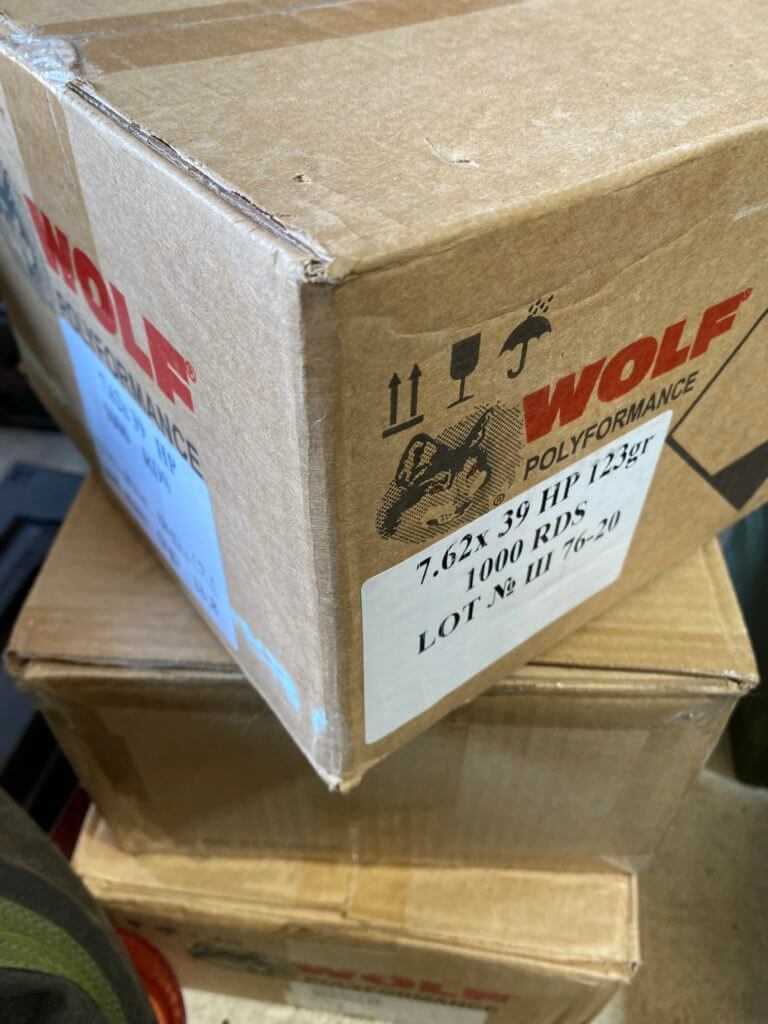
What are the natural enemies of ammunition? Well, politicians, California in general, and as 2020 taught us, metal prices are all at the top of the list. But a not distant fourth is water and its little brother moisture in general. Having moved now to a humid environment, this is a concern for me. Living in the desert previously we could keep ammo in a Folgers can in the backyard shed and it would be fine. The swamp? Not so much.
I actually have first-hand experience with this from working in Okinawa. Training the troops there, I was shocked to find 9mm failing every 50 to 100 rounds. In Glocks. Which is quite a feat. I asked about it and was told that the humidity is so bad that even military storage requirements won’t keep handgun ammo functional. It was so bad that combat ammo was segregated and flown in every 3-4 months, with the old stuff cycled over to training. It was the first time I had ever seen ammo degraded on such a scale, and it really got me thinking.
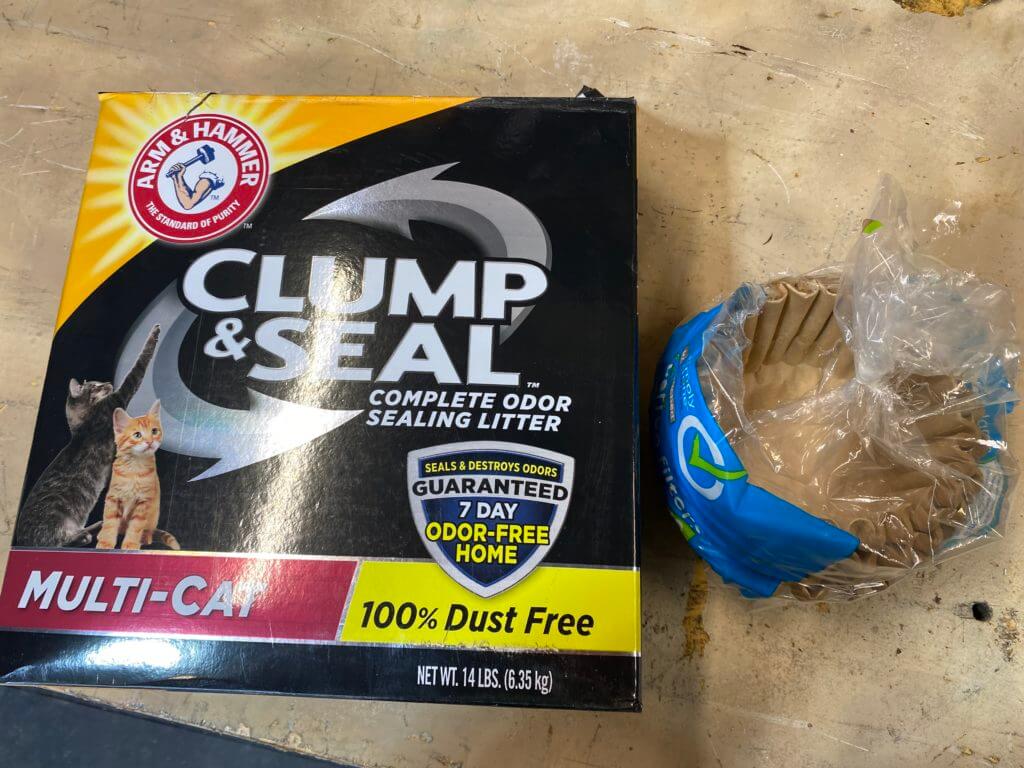
First of all, we need to look at why the ammunition goes bad. It would seem that enough moisture built up to make the powder nonburnable. Rifle ammunition is a bit more immune to the problem, for two reasons. Number one, rifle ammo can have a higher neck tension, which makes it seal a bit better. Number two, for military ammunition at least, the primers are sealed with a type of glue or lacquer. Military rifle ammo actually has some insane submersion standard, to make sure it goes bang if you walk it across a river. But as far as I know, handgun ammo does not. Nor does the 223/6.5 Creedmoor you bought at Tractor Supply.
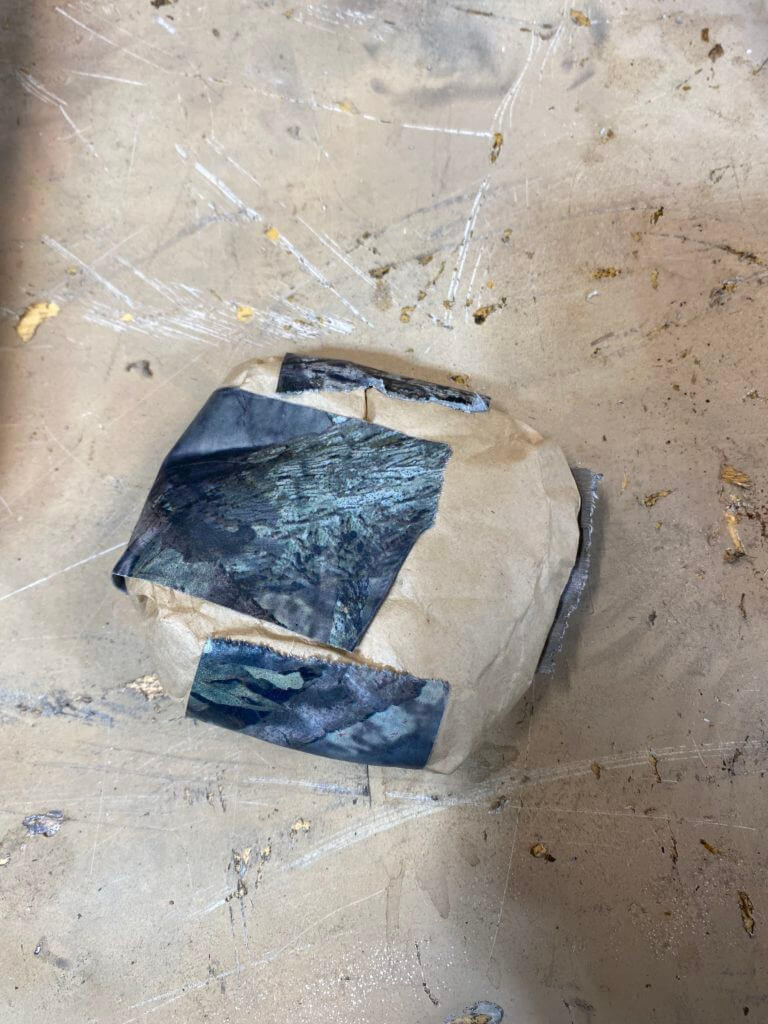
With the price of ammunition today, protecting your investment makes a lot of sense. But I’m also going to wager that the average GunsAmerica Digest reader has more than will fit in your safe, an obvious solution if you buy two boxes a year and have a humidity rod. This is doubly true with things like steel cases, and we have some experimentation coming up on that later in the year. Today we are going to look at three options (in descending price) to store your rifle food.
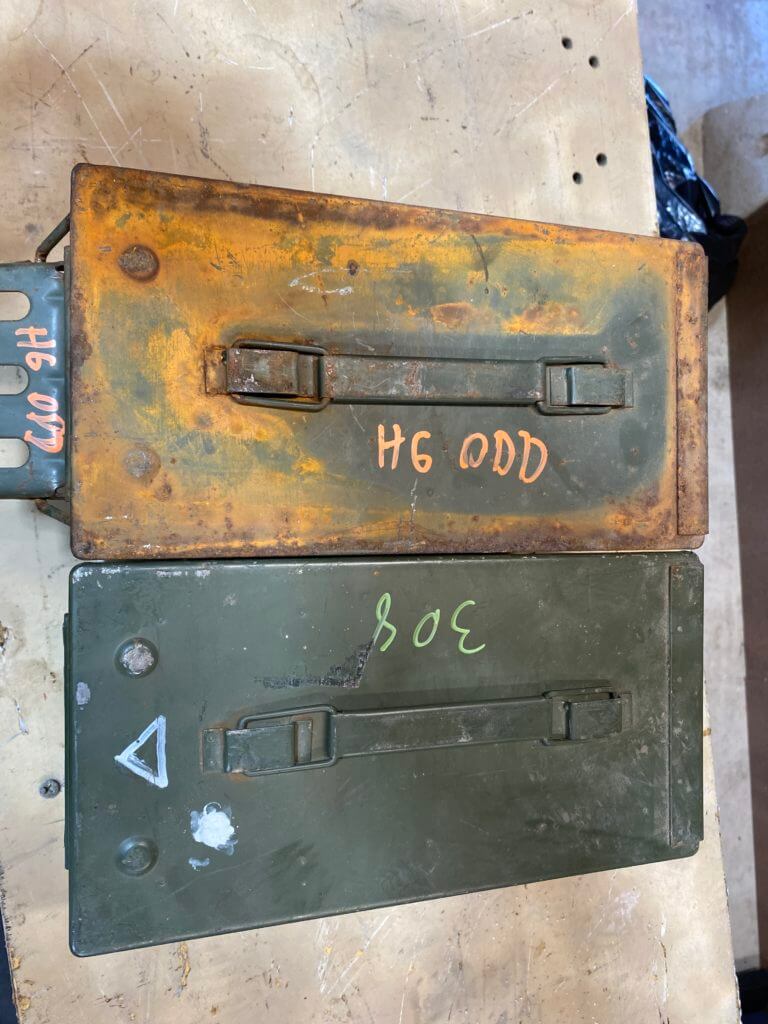
Arguably the best storage on the market is US DOD surplus ammo cans. Team USA packages ammunition like no one else and uses the box exactly once. Ammo cans are a very durable steel with a rubber seal and a latch that ensures they close watertight. Across the globe, these bad johnsons are famous for holding up. And if you look at new or Grade 1 prices, you will instantly close this window and think about another option. But don’t write them off just yet.
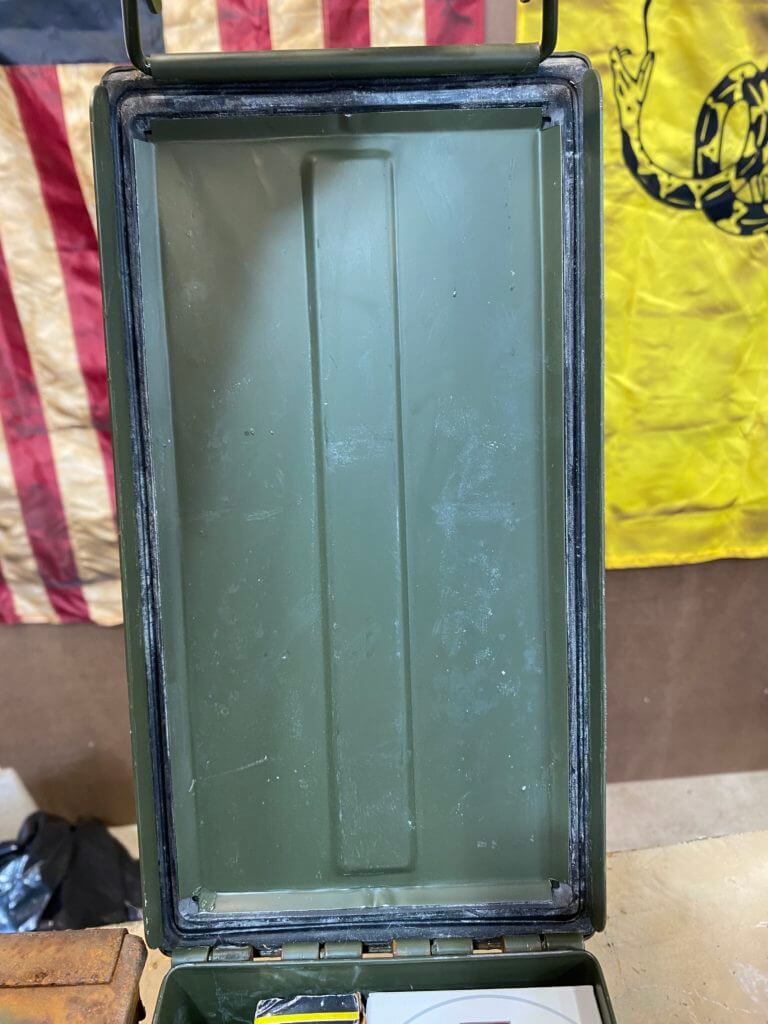
New stock or like-new stock is pretty insane. I’m seeing prices around $23 right now for a 50 caliber can, which will hold around 800 5.56 rounds. That is steep, but not out of the question with 5.56 hovering around 60 cents per round. But you can get into this cheaper if you buy in bulk and are willing to buy lower grades.
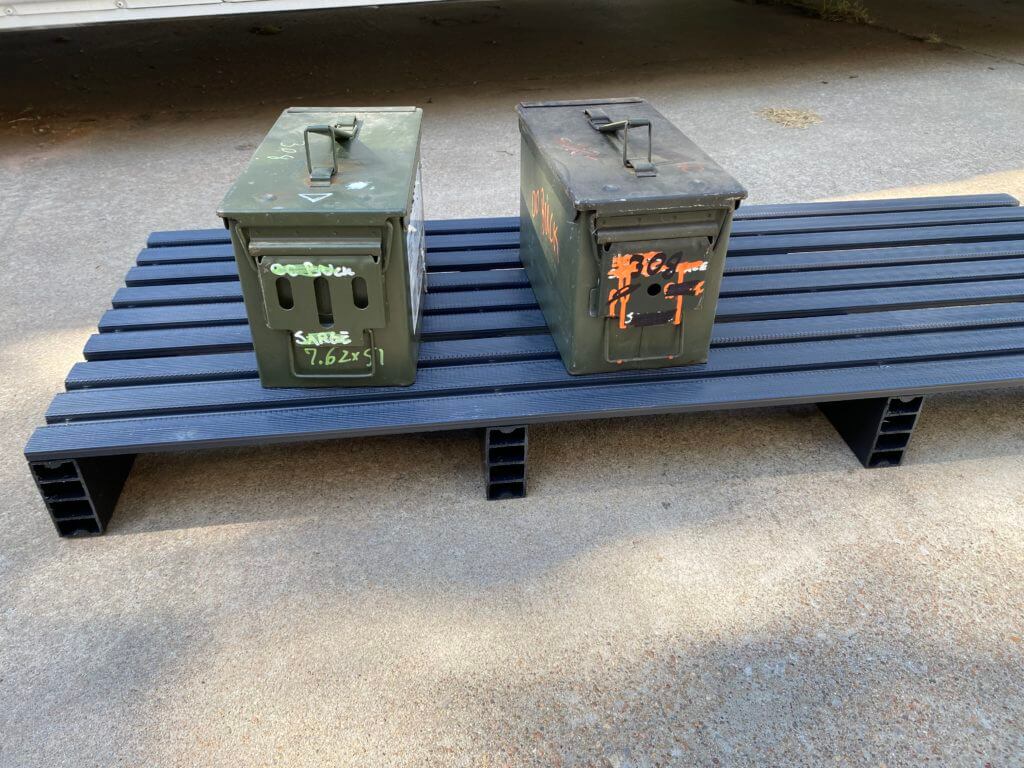
Grade 1 is like new, Grade 2 is pretty good, and Grade 3 is…… questionable. But in my experience, Grade 3 has been fine. Especially if you are willing to put in a little bit of work. I bought a pallet of Grade 3 a few years back, which I think worked out to like 100 cans. Of that 100, 80 were rusty. Which you can fix with some rattle can. 17 were absolutely fine and functional, and 3 were junk. Still good enough to keep wood screws in, but not my precious blammo. And that gets the cost down to around $9 per can.
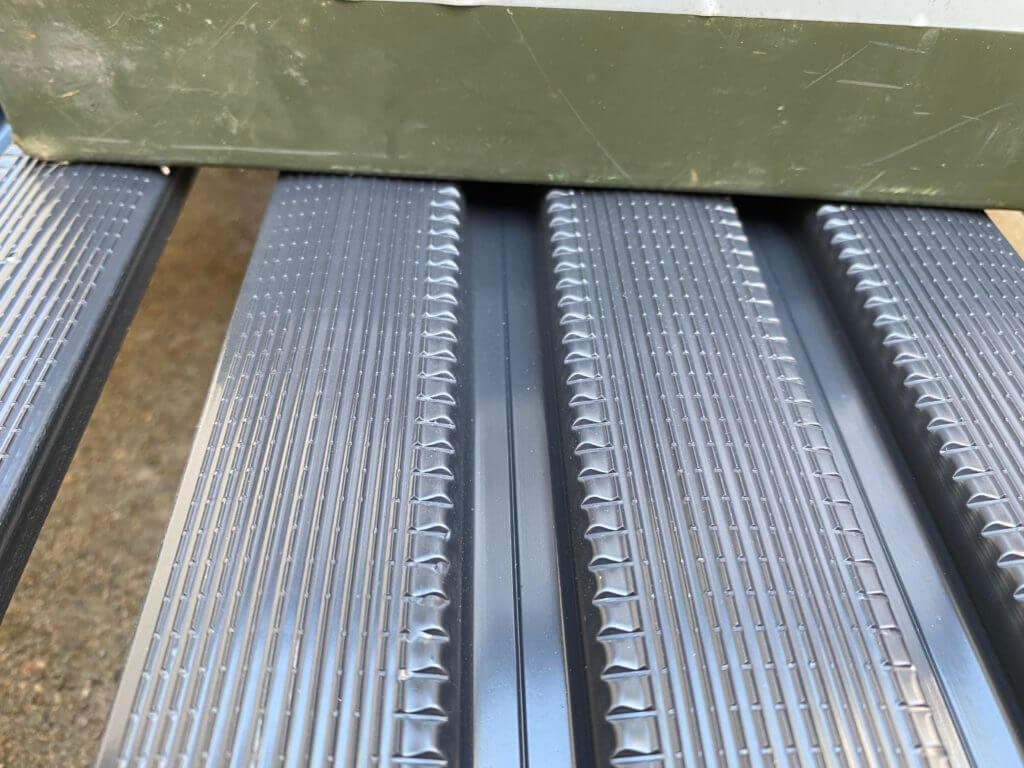
Ammo cans do present one other problem, namely where you are going to store your bullets. I strongly recommend a humidity gauge to help you figure it out. For instance, my garage has a humidity of 72% on a normal day. That is gonna sting. But under my house, where I have a dehumidifier running anyway to preserve my floors, it drops to 45%. Not to mention the temperature is a lot more stable. Can I just plop my cans down in the dirt next to the foundation?
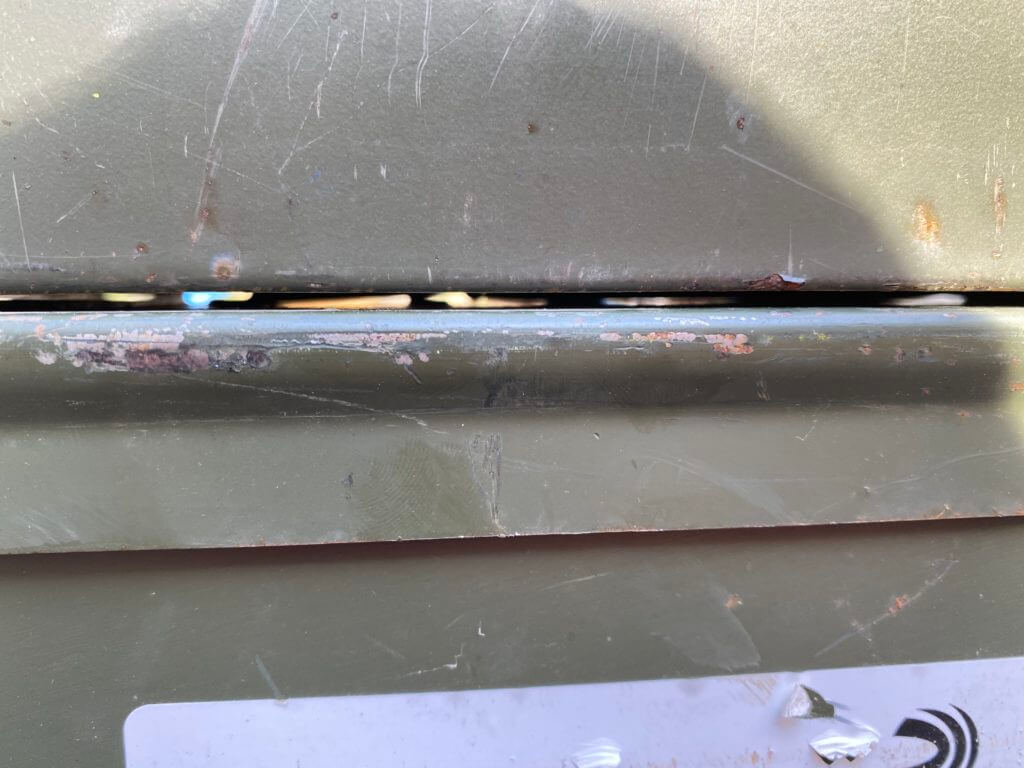
Not if I want them to last. Steel in contact with dirt is a nonstarter. I don’t care how much paint you put on it. You are going to need to elevate the cans a little bit to keep the air flowing. A couple of options exist here. At a not-terrible price of $37.99, I just found some plastic pallets at Northern Tool that will hold up to 1500 pounds. A couple of those and most of us are set. A cheaper option is a piece of expanded steel sitting on bricks. Either way, getting it a few inches off the ground offers both some flood protection and good airflow. You actually can stack Army-type ammo cans, they were built to do so. Look carefully and you will see that while the ridges on top interlock, they also provide enough space to breathe somewhat.
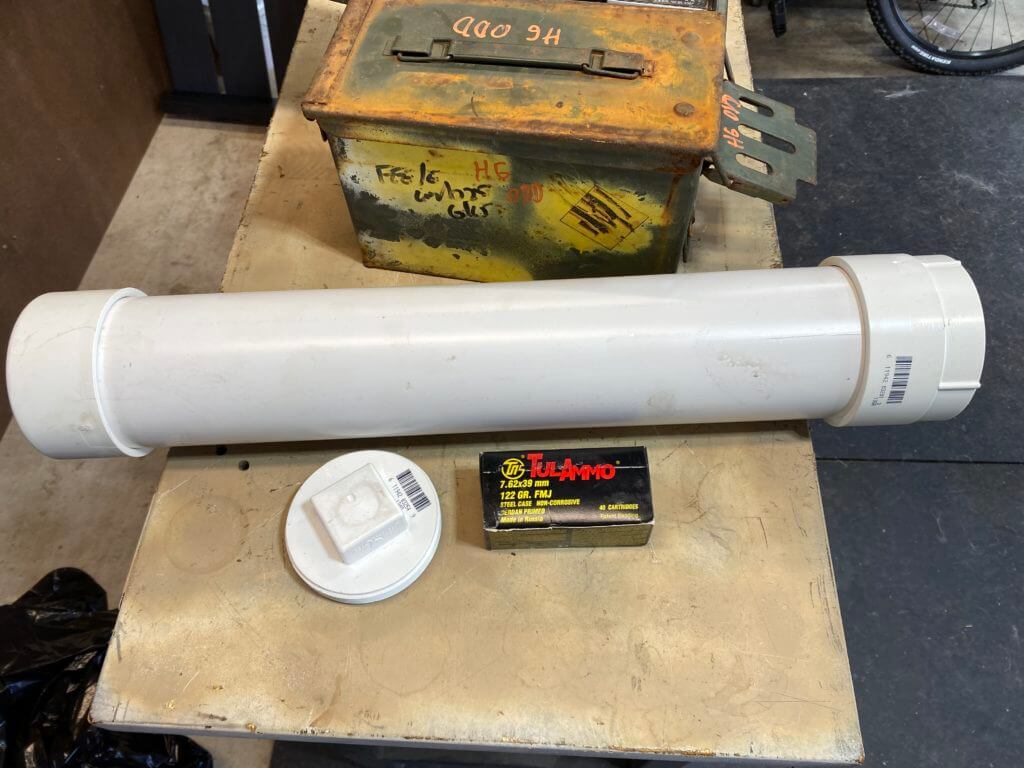
Wait a minute, you just told us 500 words ago that ammo cans won’t even hold up for the DOD in Okinawa. Yes. We are going to fix that too. The biggest problem I see with military cans is that they don’t come with enough moisture absorbers. For all three of the options we are talking about today, I recommend you use P for plenty. Also, your ammo hopefully didn’t take a similar journey. For the DOD, 9mm is going to be made by Winchester in Missouri at Lake City. Which means it starts in a very hot and humid place. Then it goes on a truck to a base or ordinance lot, which may be several cycles of heating and cooling. Then, at best, it goes on an airplane to 30,000 feet, where it is very cold. Military planes aren’t like flying 1st class, and I’m not even sure they pressurize the cargo area if they aren’t moving troops. Then it lands in a hot and humid jungle, where it may actually sit for days in the blazing sun. Then back on a truck and eventually into a semi-underground bunker. And it is way down the priority list from things like Sidewinder missiles and tank bullets. You know, the things that make China take us seriously in the theater.
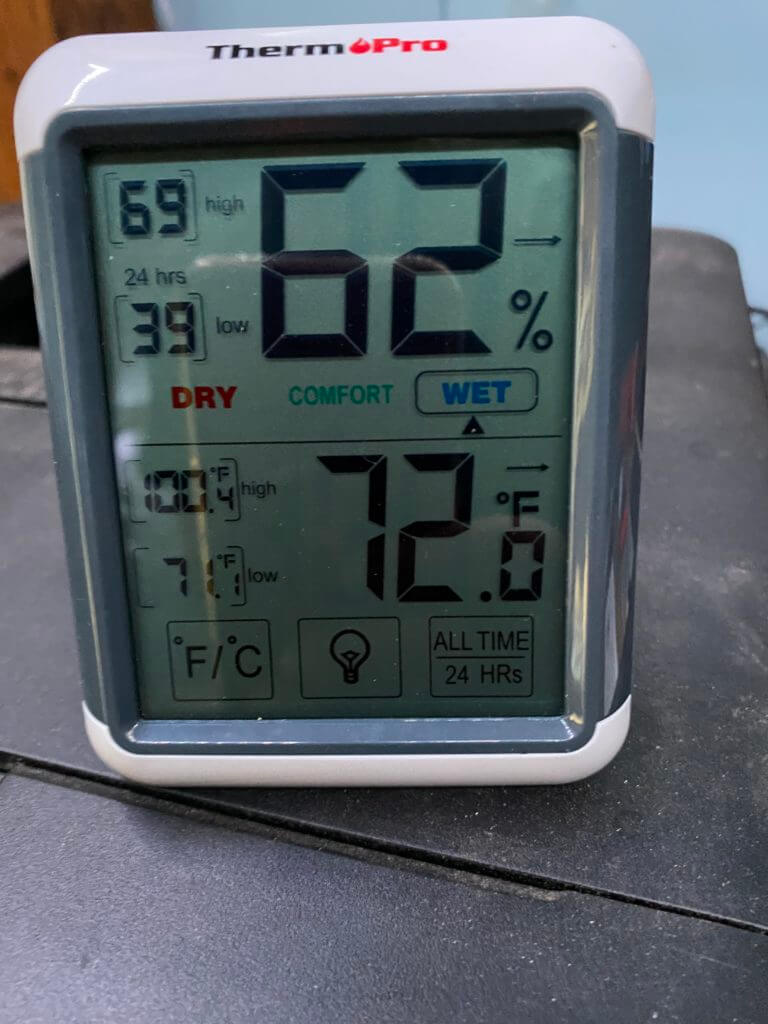
Your ammo can should hold up better, especially since you are going to add an absolute gaggle of moisture absorber. You can buy it off the shelf if you can find it. But the cheap option is going to be silica-based kitty litter. Depending on the brand, this can work out to less than $1 per pound, which beats the pants off of commercial food-grade packets. I prefer to put mine in a double layer of coffee filters, which lets it breathe, but also keeps the mess contained.
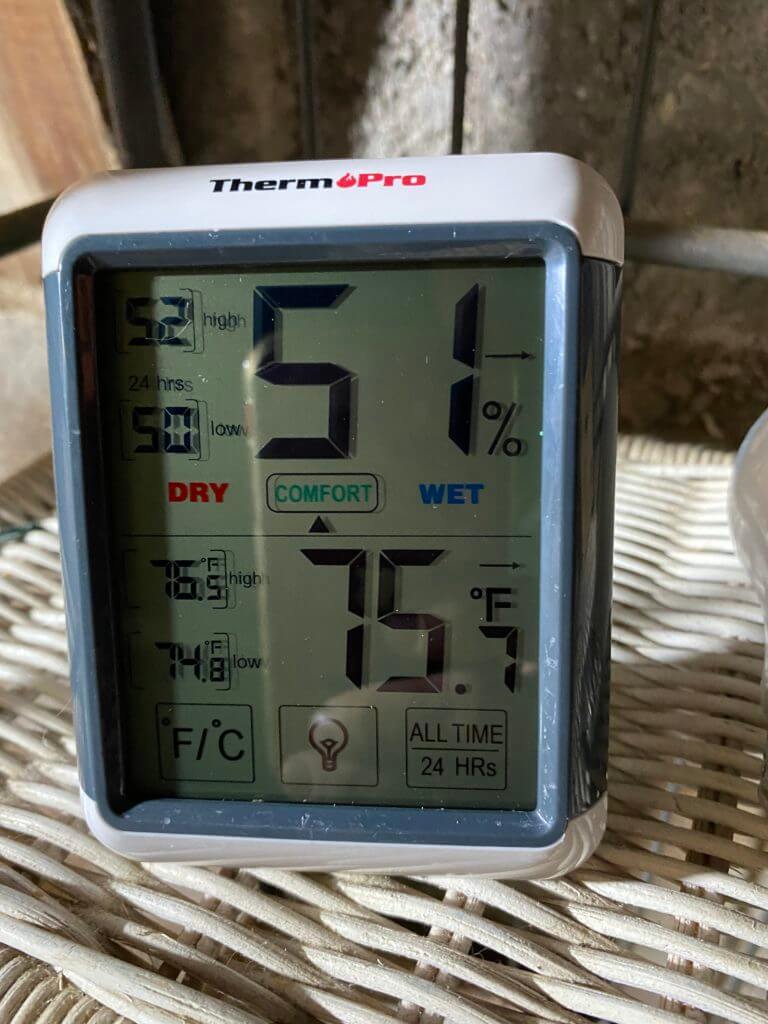
Alright, ammo cans are out. What is option number 2? Well, what is readily available, cheap, and we know can be made watertight? How about PVC pipe. Provided it stays out of the sun, PVC is remarkably tough. And we know it’s watertight because it is doing so right now, all throughout your house. PVC is easy to work with, and I recommend watching a quick plumbing video to learn how to use the cement if you don’t know. But a couple of pro tips.
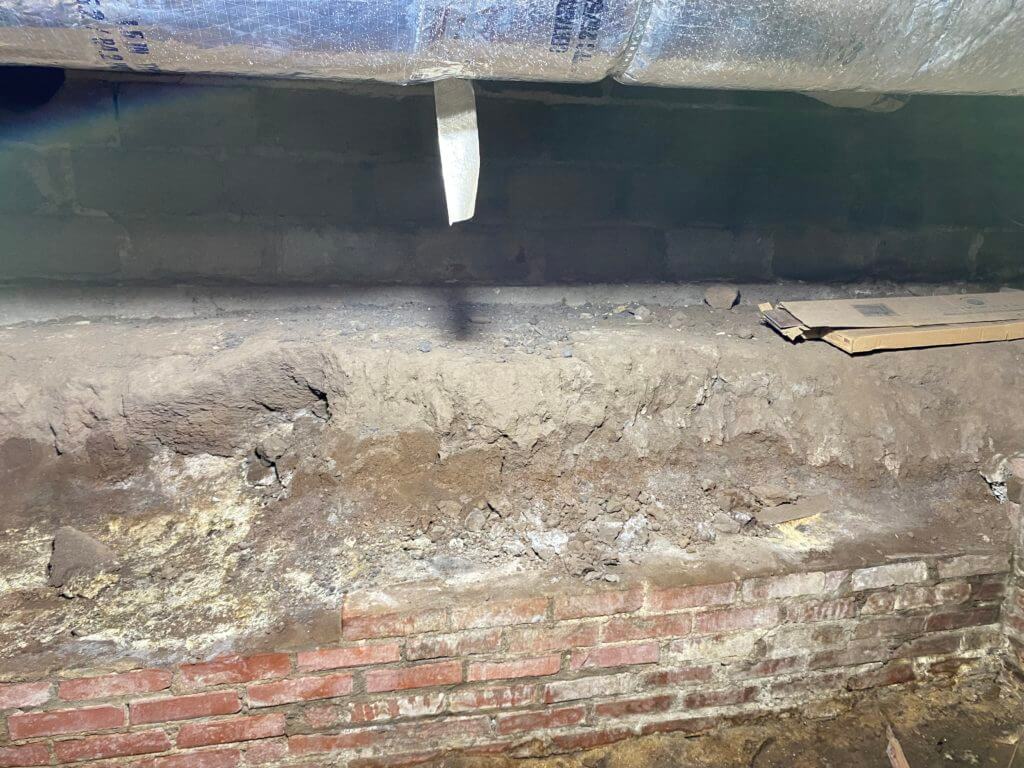
I like to use approximately two-foot sections. That makes it not so heavy as to be unwieldy, but also doesn’t cost a fortune in attachments. The money you spend is all in the end caps when it comes to cost. You can get more ammo in a pipe by taking it out of the box, but it’s a double-edged sword. On the one hand, cardboard attracts moisture, so getting it out of the box is good. But on the other hand, it isn’t impossible to have a pointy rifle bullet hit a flat primer with sufficient force to set it off. I’ve never seen it happen, but it could. Be advised, and I strongly recommend keeping the ammo inside the cardboard box.
You obviously need to cap both ends of the pipe, but with what? A regular cap is about 1/5th the price of a screw-in
cap, which adds up if you have a lot. So I look at it like this. If it’s deep storage, I will use a solid cap on both ends. That also means I have to cut the cap off to use my ammo, which presents its own problems. If it’s ammo I use a lot, I will pay the $20 for a thread-out cap. That makes my pipe re-usable and cuts down on time with a hacksaw.
Size is also an issue in diameter. My experience has shown that 4 inch PVC is best for most things. 3 inches is cheaper, but you don’t get a lot of volume per foot of pipe. 6 inches will hold more but is WAY more expensive. 6 inches is not used as much by homeowners as 4 for real plumbing, so it has a bit of a premium attached.
What about another very cheap, very low labor option? Yes, we have one final winner. The simple Home Cheapo bucket. At around $4 per bucket, they do hold water. You get less pet resistance and a few other minor drawbacks. A 5-gallon bucket is so heavy when full I don’t recommend stacking them. The $4 matching lids are also not ideal, but they will work in a pinch. If you need reusable, Gamma Seal lids solve the problem nicely. A bucket is a bit more unwieldy, but it does get the job done. Just don’t need to move them in a hurry.